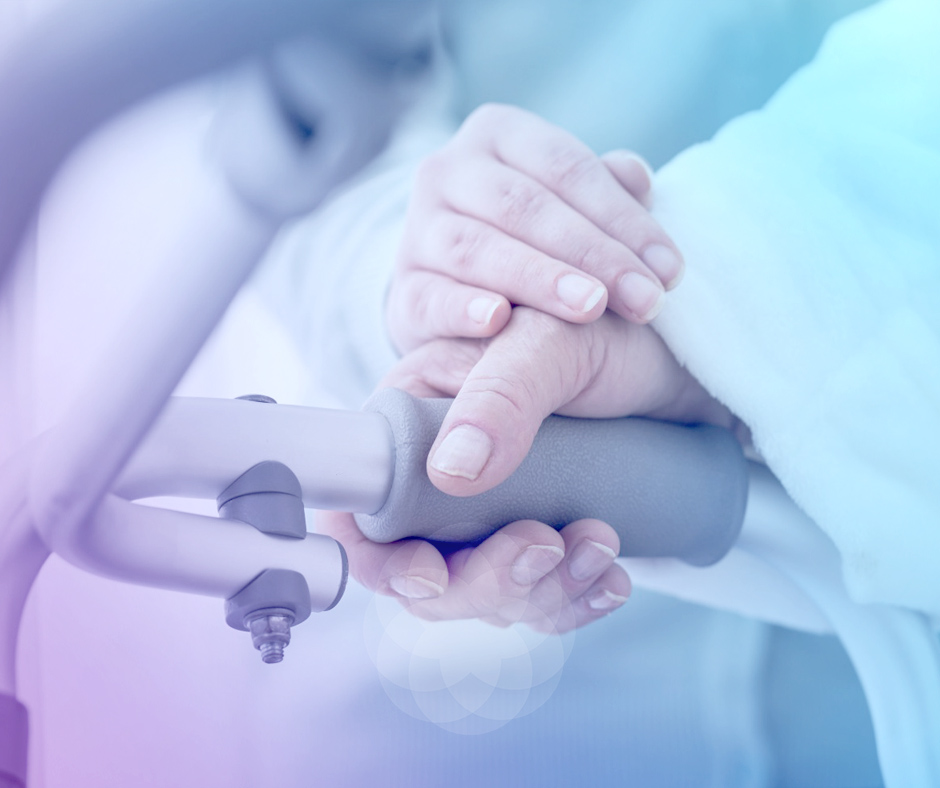
Living Well with Mobility Limitations
Mobility Limitations can be a risk factor for several conditions and lead to increased isolation and loneliness. A carer helps to make your home more accessible.
As we age, showering and bathing can become a challenge but asking for help with such an intimate task can seem embarrassing. Knowing what’s involved can help reduce the stigma.
So, what does assisted showering look like?
Well, it will be different for everyone as it’s tailored to the needs and wants of the person involved. Some people may need significant assistance to wash all parts of their body, while others may only require help to get in and out of the shower.
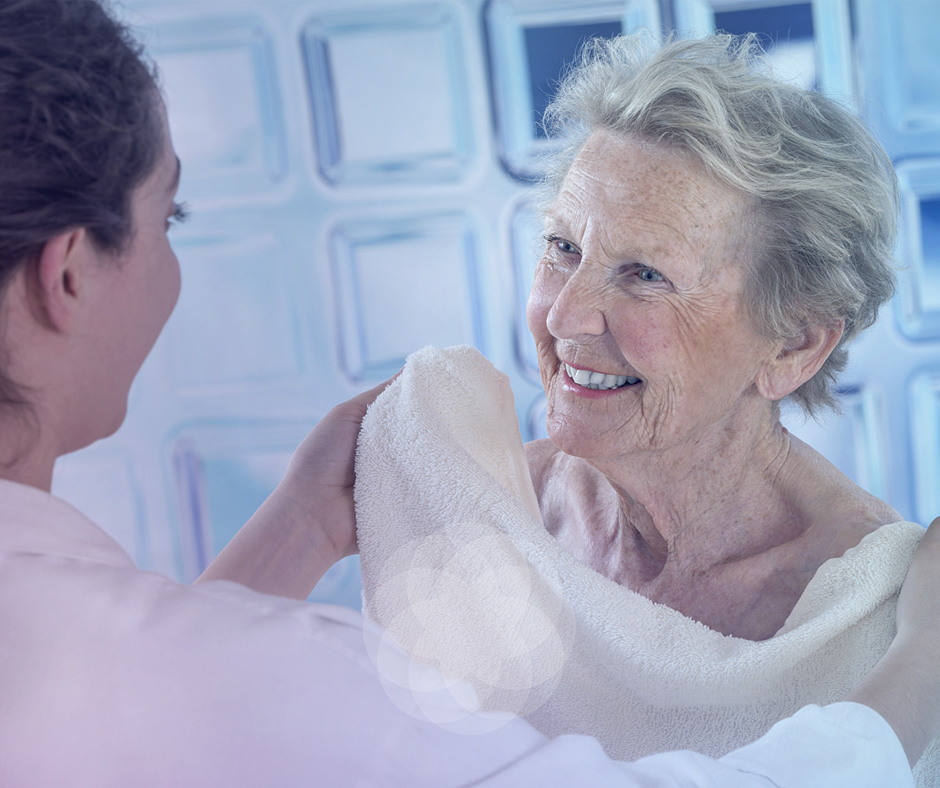
Generally speaking, assisted showering will consist of some or all of the following steps:
Because showering can be so difficult and even uncomfortable, some may be inclined to reduce how often they get in the tub. It’s generally accepted that for older adults, showering once or twice per week will prevent UTIs and skin infections. A quick sponge bath of the face, armpits, groin and feet can help to keep everything fresh between showers.
The friendly supportive Carers at InPlace Care can help with all your needs to continue a safe, healthy life as you grow older. Please include Showering under the services list when you register the Client on the InPlace Care Platform.
SHARE
Keep updated and safe with InPlace Care Updates

Mobility Limitations can be a risk factor for several conditions and lead to increased isolation and loneliness. A carer helps to make your home more accessible.
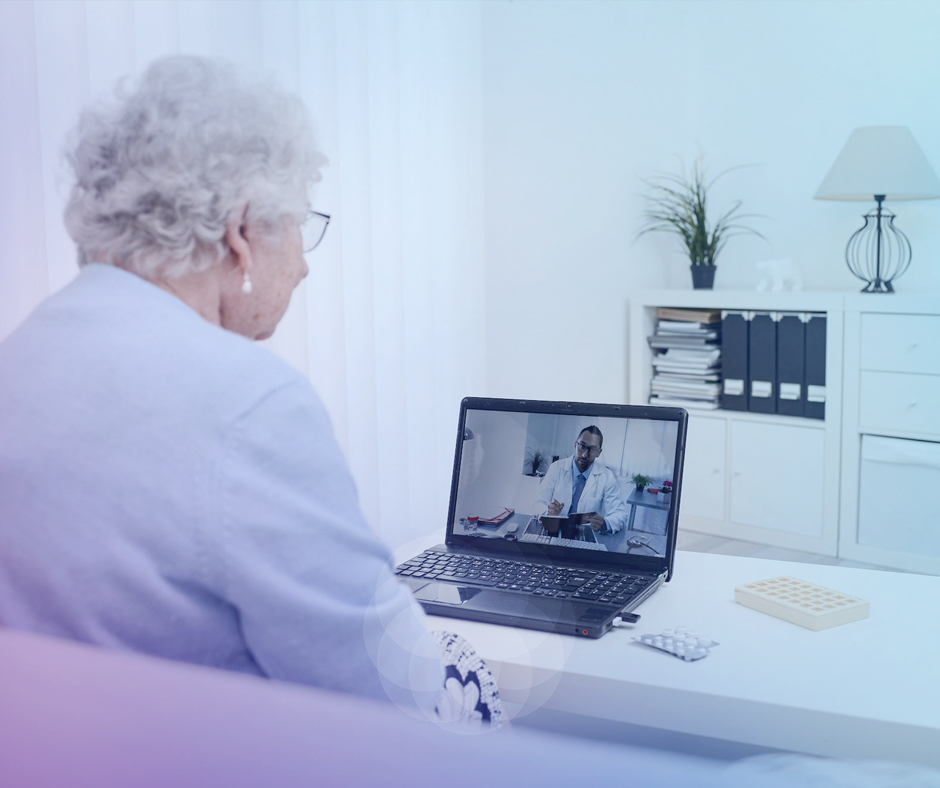
Many of us have had our first experiences of telehealth in the past year, as appointments that do not require a physical examination are often being conducted online during covid lockdowns.
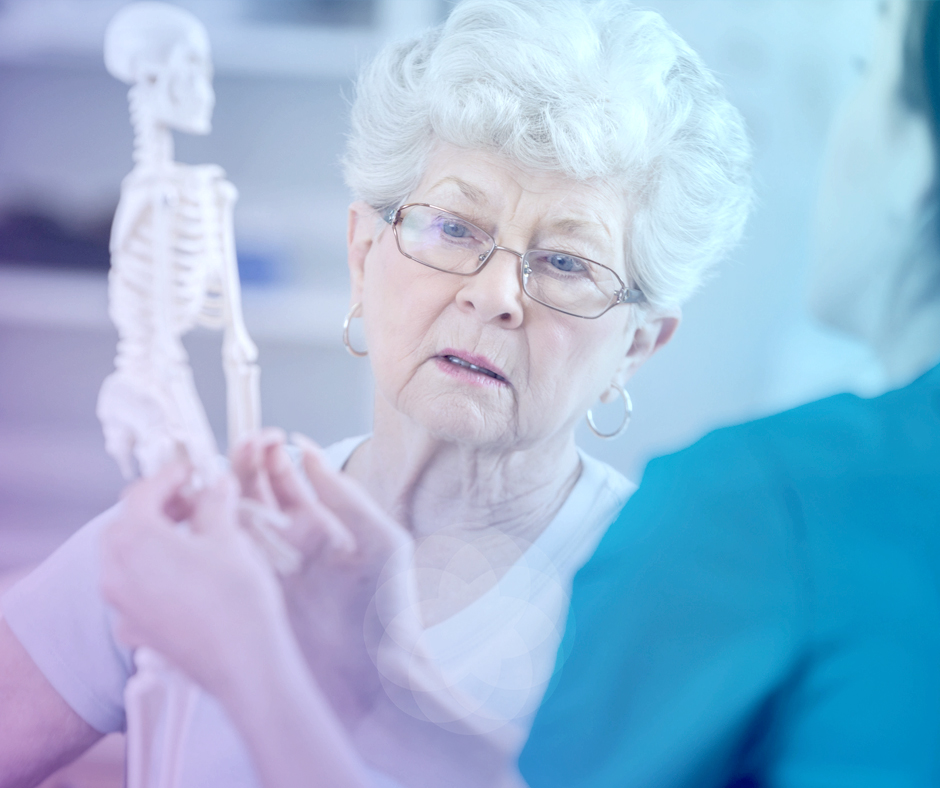
Osteoporosis (porous bones in Latin) is a condition causing a loss of bone density which makes the bones brittle and susceptible to breaking. Osteoporosis is more common in older age.
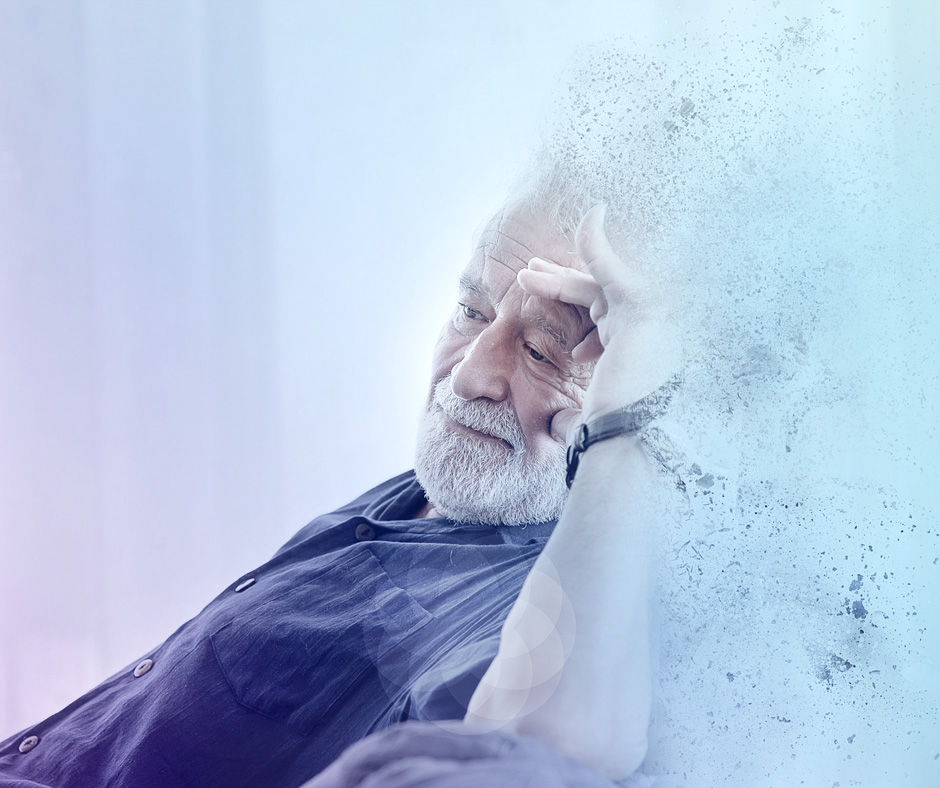
Wandering or becoming lost is a common occurrence for people living with dementia and it can be a major cause of worry for their family and friends.
Use modern technology to service your loved ones safely to maintain their independence in their own homes at a Cost-Effective Price.
Newsletter
Join our mailing list for the latest news about our events, promos and exciting offers!
No spam, ever. Your email address will only ever be used for InPlace Care.

We know that the COVID-19 virus presents significant challenges and concerns for our clients and their families. InPlace Care have instigated many new operational actions to protect clients in the community.
OUR RESPONSE
WHAT WE HAVE DONE
WHAT WE ARE DOING
The Inplace Care worker visiting your home is taking the necessary measures to ensure you say safe.
This includes following advice from Australia’s Chief Medical Officer about when to use equipment such as masks, gloves, aprons or gowns, and protective eyewear.
Most importantly, look after yourself and keep safe.
The program will run for 4 weeks in February 2021.
The promotional FOC Care is only redeemable for new Clients that register and receive Care in February 2021.